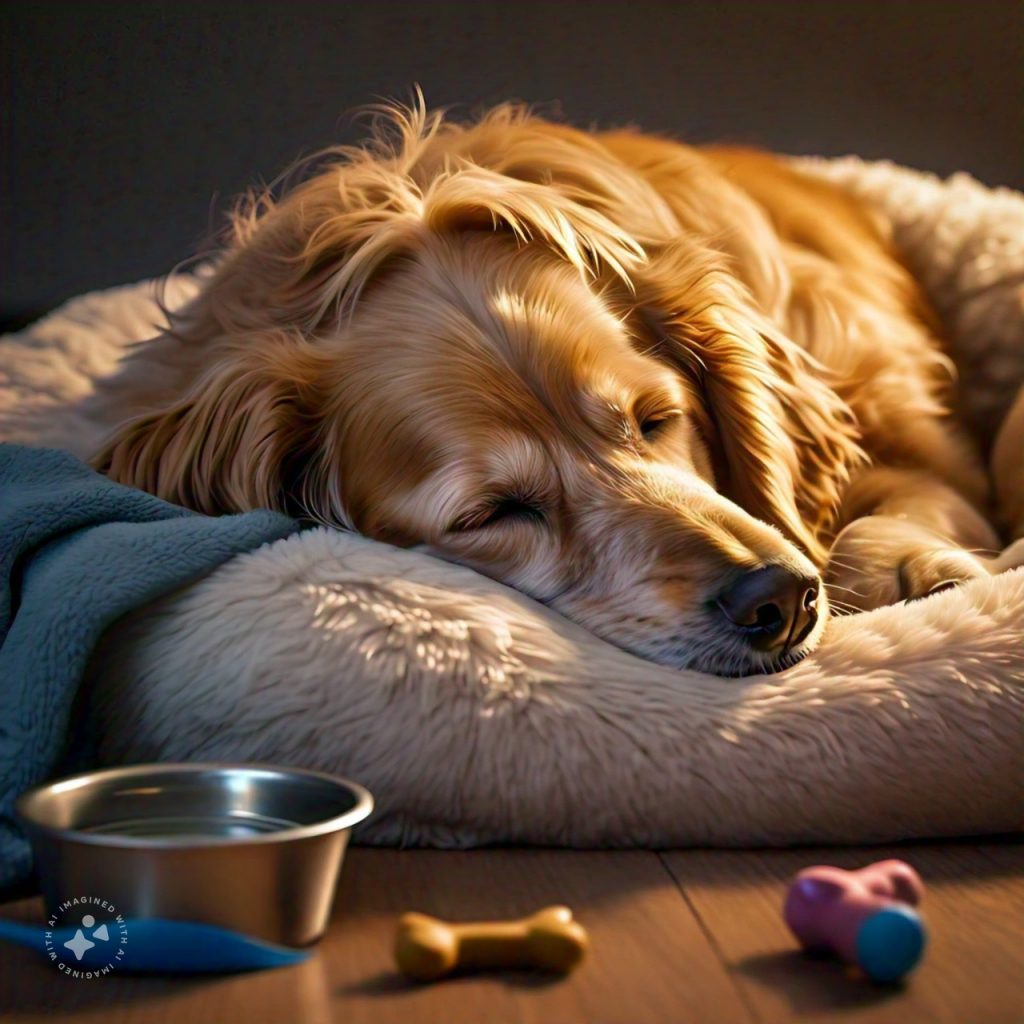Dogs, like humans, can experience occasional digestive issues, including diarrhea. While mild cases often resolve with simple dietary adjustments, proper care and feeding are essential to support recovery. Knowing what to feed a dog with diarrhea, along with when to seek veterinary care, can make a significant difference in your pet’s health.
This guide offers an in-depth breakdown of dietary strategies, potential causes of diarrhea, and when to consult a vet, ensuring your dog gets the right care.
Understanding Diarrhea in Dogs
What Causes Diarrhea in Dogs?
Diarrhea can result from various factors, including:
- Dietary Indiscretion: Eating spoiled food, garbage, or unfamiliar items.
- Food Allergies or Intolerances: Reaction to certain proteins or ingredients.
- Sudden Diet Changes: Abruptly switching food without a gradual transition.
- Parasites: Worms or protozoans like Giardia.
- Infections: Bacterial, viral, or fungal infections.
- Stress or Anxiety: Changes in routine or environment.
- Toxic Ingestion: Eating harmful substances.
- Chronic Conditions: Diseases like inflammatory bowel disease (IBD) or pancreatitis.
When Is Diarrhea Serious?
Seek veterinary care if your dog:
- Has diarrhea lasting more than 24-48 hours.
- Shows signs of lethargy, vomiting, or fever.
- Has blood in their stool.
- Is a puppy, senior, or immunocompromised.
Initial Steps to Manage Diarrhea
1. Withhold Food Temporarily
- Allow your dog’s digestive system to rest by fasting them for 12-24 hours (adult dogs only). Puppies and small breeds should not fast due to the risk of hypoglycemia.
2. Offer Plenty of Water
- Dehydration is a significant concern with diarrhea. Ensure fresh, clean water is always available. For severe dehydration, consult a vet for electrolyte solutions.
Best Foods to Feed a Dog With Diarrhea
After the fasting period, reintroduce food gradually with a bland diet to ease digestion.
1. Boiled Chicken and Rice
- Why it works: Easily digestible and low-fat.
- How to prepare: Boil skinless, boneless chicken breast with white rice (no seasoning). Serve in small portions.
2. Plain Pumpkin
- Why it works: Rich in soluble fiber, it absorbs excess water and firms stools.
- How to serve: Use plain, canned pumpkin (not pumpkin pie filling). Offer 1–4 tablespoons depending on your dog’s size.
3. Mashed Sweet Potatoes
- Why it works: Gentle on the stomach and high in fiber.
- How to serve: Boil or bake sweet potatoes, remove the skin, and mash them.
4. Bone Broth
- Why it works: Provides hydration and nutrients without stressing the stomach.
- How to prepare: Simmer bones in water for several hours, removing all bone fragments before serving.
5. Plain Yogurt (Unsweetened)
- Why it works: Contains probiotics that promote gut health.
- How to serve: Offer 1–2 teaspoons for small dogs or 1–2 tablespoons for larger breeds.
6. Oatmeal
- Why it works: Gentle on the stomach and helps regulate bowel movements.
- How to serve: Cook plain oatmeal in water and serve in small amounts.
7. Cottage Cheese
- Why it works: Low in fat and easy to digest, it provides protein without upsetting the stomach.
- How to serve: Offer in small quantities, mixed with rice if desired.
Foods to Avoid When Your Dog Has Diarrhea
Certain foods can worsen diarrhea and should be avoided:
- Fatty Foods: Can aggravate the digestive system.
- Dairy Products: Most dogs are lactose intolerant and may experience additional gastrointestinal upset.
- Spicy or Seasoned Foods: Irritates the stomach lining.
- Raw Meat: May introduce harmful bacteria.
- Table Scraps: Often contain ingredients unsafe for dogs.
Gradual Transition Back to Regular Food
Once your dog’s stool returns to normal, transition back to their regular diet over 3-5 days:
- Start with 75% bland food and 25% regular food.
- Gradually increase the regular food portion while decreasing the bland food.
Hydration Tips for Dogs with Diarrhea
- Encourage Drinking: Some dogs may be reluctant to drink. Offer ice cubes or flavor water with a small amount of low-sodium chicken broth.
- Use Rehydration Solutions: Products like Pedialyte (unflavored) can be given in small amounts to replenish lost electrolytes.
Probiotics and Supplements
1. Probiotics
- Promote healthy gut bacteria balance.
- Vet-approved options include FortiFlora or Purina Pro Plan Veterinary Diets.
2. Slippery Elm
- A natural supplement that soothes the gastrointestinal tract.
- Administer under veterinary guidance.
When to Consult a Veterinarian
If dietary adjustments don’t resolve diarrhea or if symptoms worsen, consult a veterinarian. Your dog may require:
- Diagnostic Tests: Stool analysis, blood tests, or imaging to determine the underlying cause.
- Medications: Anti-diarrheal drugs, antibiotics, or deworming treatments.
- Fluid Therapy: Intravenous or subcutaneous fluids for severe dehydration.
Preventing Future Episodes
- Feed a Consistent Diet: Avoid sudden changes and introduce new foods gradually.
- Prevent Garbage Eating: Use secure trash bins and keep harmful foods out of reach.
- Routine Deworming: Follow your vet’s recommendations to keep parasites at bay.
- Avoid Table Scraps: Many human foods can upset your dog’s stomach.
Conclusion
Managing diarrhea in dogs involves careful attention to diet, hydration, and monitoring. Offering a bland diet of easily digestible foods like chicken and rice, pumpkin, or bone broth can help soothe your dog’s digestive system and restore normalcy. Always prioritize hydration and consult your veterinarian if symptoms persist or worsen.
By being proactive and following these guidelines, you can help your furry friend recover quickly and maintain a healthy, happy life.

